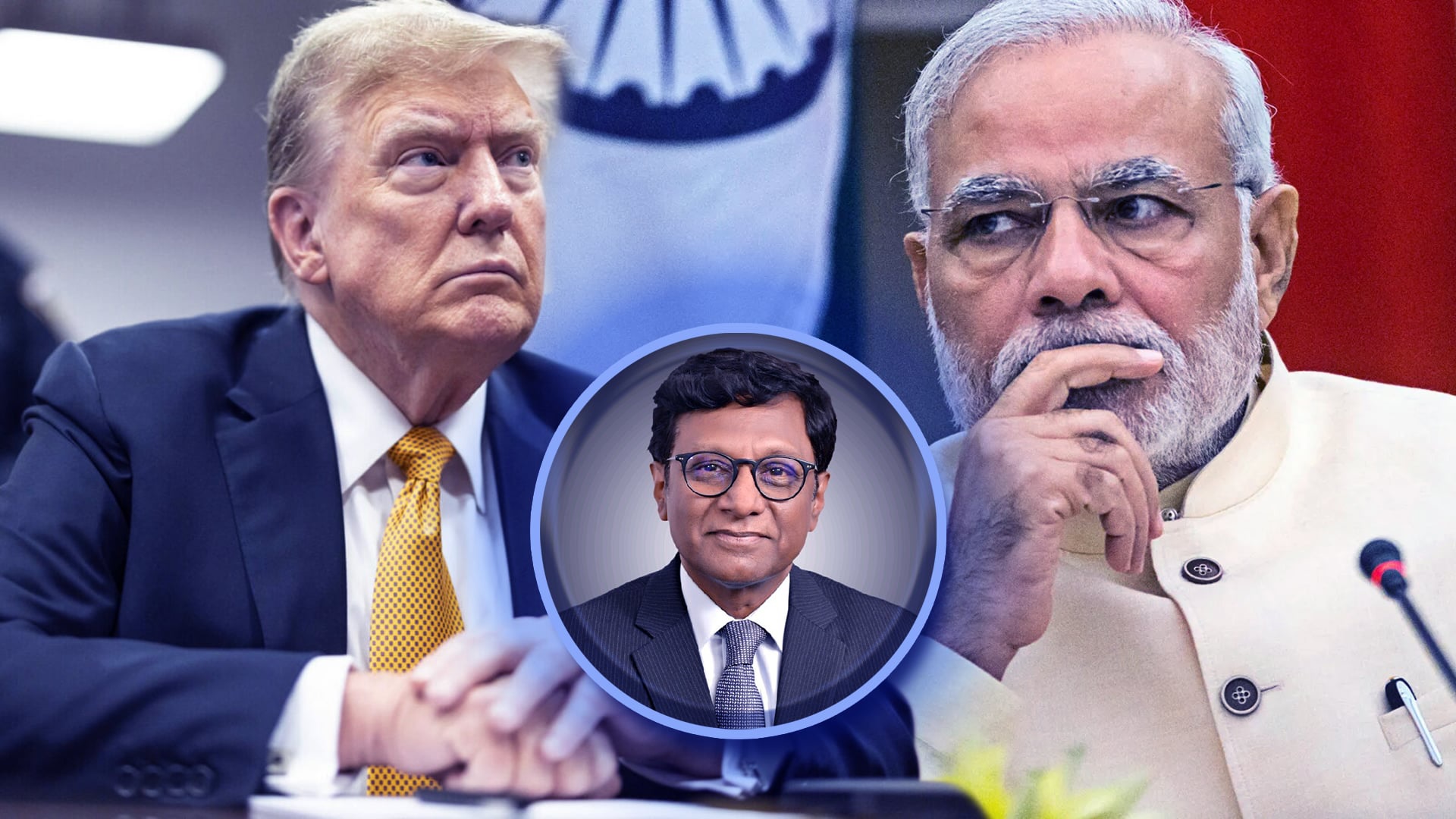Trump Brands India the ‘Tariff King’—Ex-Diplomat Exposes the Big Lie

When U.S. President Donald Trump once again blasted India as the “tariff king,” reviving a phrase he first popularized in 2018 to slam high duties on American exports, New Delhi’s defenders bristled. Trump, speaking at a trade policy briefing in Washington this week, singled out tariffs on agricultural and auto goods as proof that India was “cheating American workers.” The remark landed with immediate force in both capitals, recalling years of fraught U.S.–India trade battles that saw Washington strip India of duty-free export privileges under the Generalized System of Preferences and drag it to the World Trade Organization over information technology tariffs.
But to Dr. Mohan Kumar, a former Indian ambassador and current director general of the Jadeja Motwani Institute for American Studies, the “tariff king” label is not only misleading—it is demonstrably false. Writing in Newsweek, Kumar called it “a widespread but fallacious perception” that India’s tariffs are unusually high. “Tariffs are quantifiable, and there should be no place for subjectivity,” he argued, noting that India’s trade-weighted tariff—the metric that reflects what actually enters the market—stands at just 4.6 percent. “This level of tariff gives the lie to claims that India is somehow a tariff king,” he wrote. By contrast, India’s “simple average tariff” looks higher at 15.98 percent, but that number, Kumar stressed, is academic because it treats all goods equally regardless of trade volume.
The clash is not just about numbers but about livelihoods. India’s agriculture sector, which still sustains nearly half of its 1.4 billion people, is marked by tiny landholdings and survival-based farming. For New Delhi, slashing protections is unthinkable. “Asking India to open its farm sector to imports is akin to asking it to commit suicide,” Kumar argued, pointing out that Western farmers are heavily subsidized. India’s tariffs on dairy, cereals, and meat hover around 33 percent, but the comparison, he added, is starkly favorable: the European Union imposes average duties of 37.5 percent on dairy (rising above 200 percent in some cases), Japan’s dairy tariffs go as high as 298 percent, and South Korea’s on vegetables can hit 800 percent. “Who is the tariff king in agriculture, you might ask?” Kumar quipped.
Washington’s business lobbies remain unconvinced. U.S. exporters complain that tariffs on medical devices, autos, and farm goods still choke market access, and they argue that India hides behind the developing-country label while competing in advanced sectors like digital services. Trump’s framing of India as a serial trade offender, echoed by the U.S. Trade Representative’s annual reports, has found support among some lawmakers who want tougher reciprocity. At the same time, Indian officials point to zero tariffs on IT hardware, semiconductors, and most computers, with average duties on electronics at 10.9 percent—lower than peers such as Vietnam, China, and Indonesia.
The WTO, the legal referee in such disputes, has been paralyzed for years, leaving tit-for-tat tariffs to dominate diplomacy. Both sides know the stakes are higher than soybeans or motorcycles: the U.S. and India are courting each other as counterweights to China, even as trade grievances keep boiling over. Trump’s latest salvo may resonate with his domestic base, but Kumar’s defense underscores a critical truth—that the debate is not about headlines but about the survival of millions of Indian farmers and the fine balance between protection and openness in a developing economy.
As the rhetoric intensifies, the real test will be whether Washington and New Delhi can move beyond name-calling to craft a trade framework that acknowledges India’s vulnerabilities without undermining America’s demands for access. For now, the “tariff king” label reveals more about U.S. political theater than about India’s actual trade policy.



